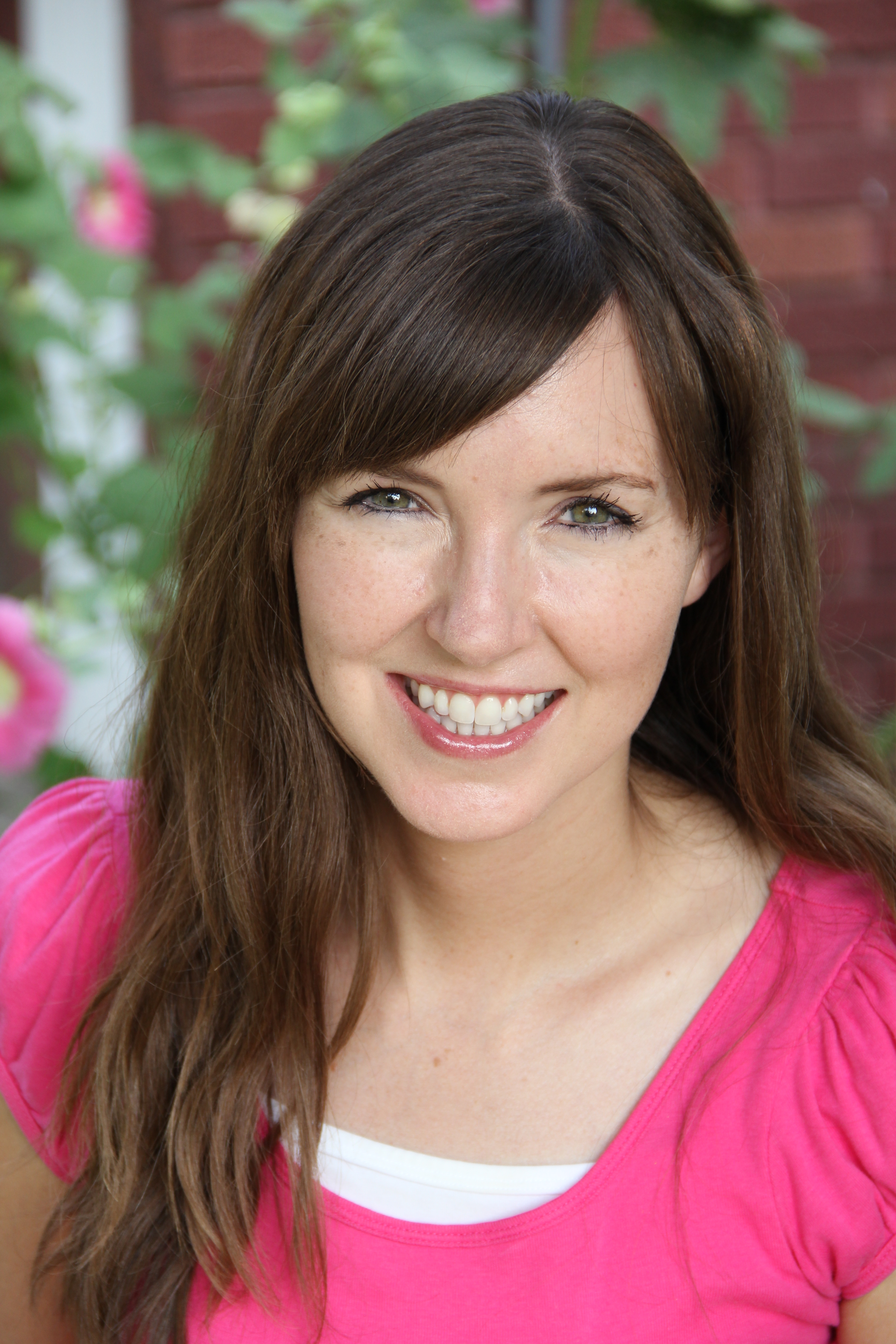Cognition
Eleven percent of children in the United States have been diagnosed with ADHD and 1 in 88 children have been identified with having autism. People who have these diagnoses exhibit trouble with cognition, specifically with attention and inhibitory control. So why use music therapy to help with attention?
- Rhythm creates a temporal structure for neurons to fire
- Rhythm creates an organized time frame, helps with learning and perception
- Rhythm can create the right amount of predictability
- Pleasant music increases blood flow to the basal ganglia and prefrontal cortex and decreases blood flow to the flight or fight response area in the amygdala
Below is an example of an ABA therapist working on joint attention with a child with autism. Music therapists use similar techniques, but using musical instruments and songs.
Here is an example of a music therapist working on joint attention with a child. You can also see how well the child’s attention is sustained while playing an instrument. Playing an instrument is a great way for someone to practice and develop sustaining attention to a task as well as other types of attention and cognitive skills.
Mary Jane




